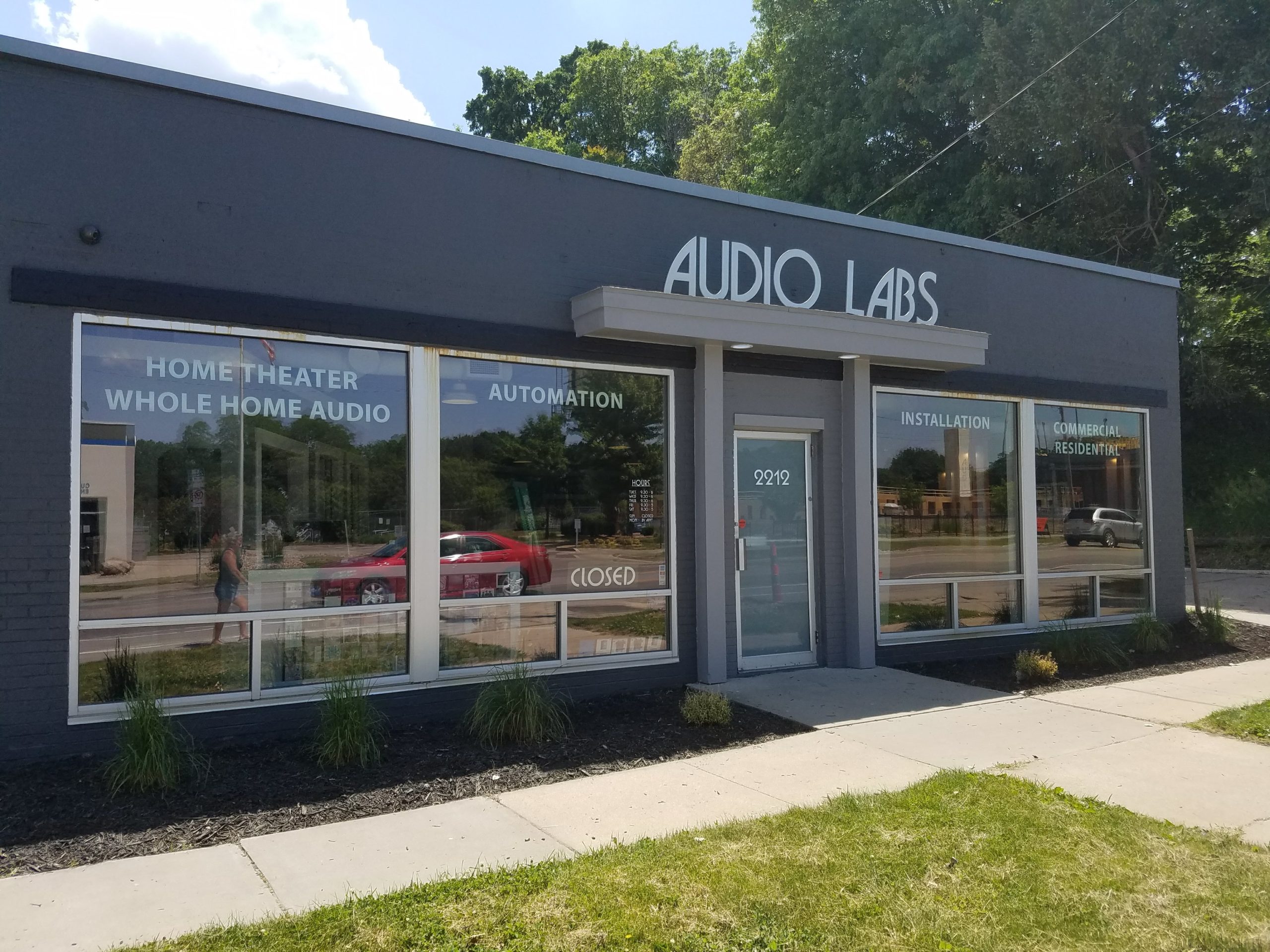Revolutionizing Transmission through Innovative Sound over Internet Protocol Solutions toward a Connected Tomorrow
Revolutionizing Transmission through Innovative Sound over Internet Protocol Solutions toward a Connected Tomorrow
Blog Article
The realm of media is experiencing a significant shift due to cutting-edge sound via IP (AoIP) technologies. Such developments are revolutionizing how audio content is created, delivered, and received. Audio over IP refers to the approach of transmitting audio signals over a computer network, utilizing Internet Protocol (IP) instead of traditional analog techniques. This change not only enhances the standard of audio transmission but also provides media professionals with more flexibility and control over their programming.
One major advantage of audio over IP technology is its ability to link multiple devices and systems seamlessly. Classic broadcasting frequently relied on intricate cabling and tangible connections, which could be cumbersome and restrictive. With AoIP, broadcasters can easily interface microphones, mixers, and other devices through a common network. This convergence allows for remote broadcasting and live transmissions from almost any location, making it simpler to reach listeners across the globe. As a result, broadcasters can respond quickly to ongoing events and listener requests, leading to more vibrant and engaging programs.
Moreover, AoIP technology supports high-quality audio formats that enhance the listening experience. Unlike conventional broadcasting methods, which may diminish sound quality, audio over IP can maintain the integrity of the audio stream throughout the transmission procedure. This implies that listeners can experience clearer and richer sound, whether they are listening in via terrestrial radio, broadcasting over the internet, or employing portable devices. The ability to deliver high-fidelity audio is particularly important for music and discussion programs, where every nuance matters to the listeners.
Moreover, the adoption of audio over IP systems can lead to financial efficiencies for media companies. By leveraging existing infrastructure systems, companies can eliminate the need for expensive hardware and extensive cabling. This not only reduces upfront costs but also decreases maintenance costs over time. Media firms can distribute resources more effectively, focusing on production and human resources growth. As a result, the entire media industry can gain from enhanced creativity and creativity, as funds are redirected toward improving programming and interacting with listeners.
In summary, the shift towards audio over IP technologies is transforming the broadcasting landscape. By allowing smooth links, enhancing audio standards, and lowering costs, AoIP is clearing the path to a better integrated future in broadcasting. As broadcasters continue to adapt to these changes, they try this web-site will be more prepared to satisfy the demands of their audiences, create compelling content, and remain competitive in an ever-evolving industry. The future of broadcasting is bright, and audio over IP will play a crucial role in defining the manner in which we experience audio content in the years to follow.